When medication and psychotherapies are ineffective at addressing the symptoms of a mental health issue, deep brain stimulation treatment is an effective alternative.
TMS therapy and ECT therapy can offer considerable relief from symptoms associated with clinical depression, addictions, and other mental health disorders, but each brings its own advantages and disadvantages.
Table of Contents
What Are The 2 Main Types Of Brain Stimulation?
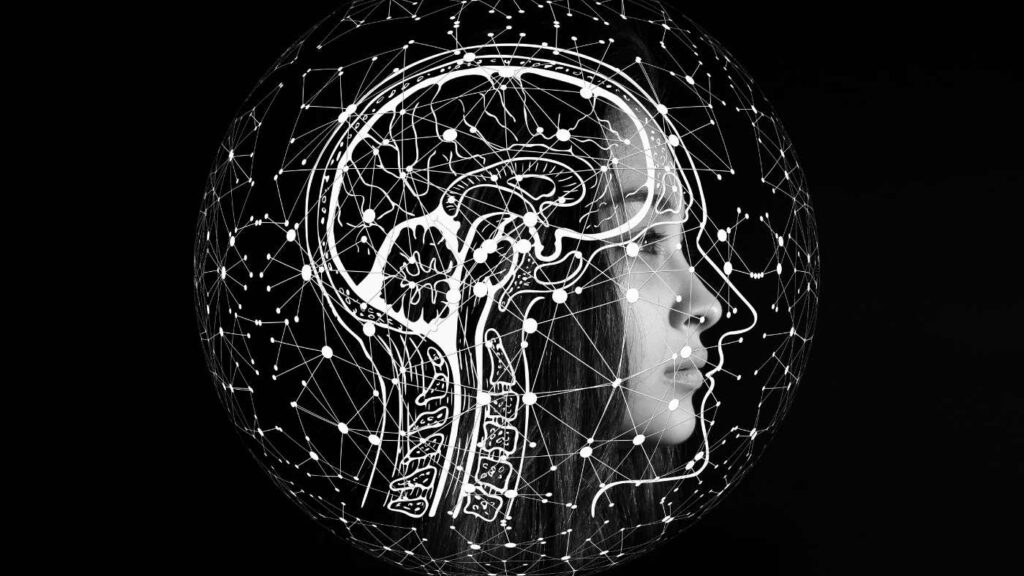
Brain stimulation has been proven to reduce symptoms of depression and other mental illnesses.
Electro-Convulsive therapy (ECT) and transcranial magnetic stimulation (TMS) are the two most widely used techniques for stimulating the brain.
Both methods are FDA-approved for stimulating and restoring areas of the brain that are afflicted by or causing mental health disorder symptoms.
TMS Therapy

TMS therapy was primarily used to treat major depressive disorder, and it has evolved as therapy for other mental illnesses as well as smoking cessation.
For depression, the prefrontal cortex region of the brain is underactive, and TMS stimulates the area with a machine that uses focused magnetic pulses to activate important nerve cells.
ECT Therapy
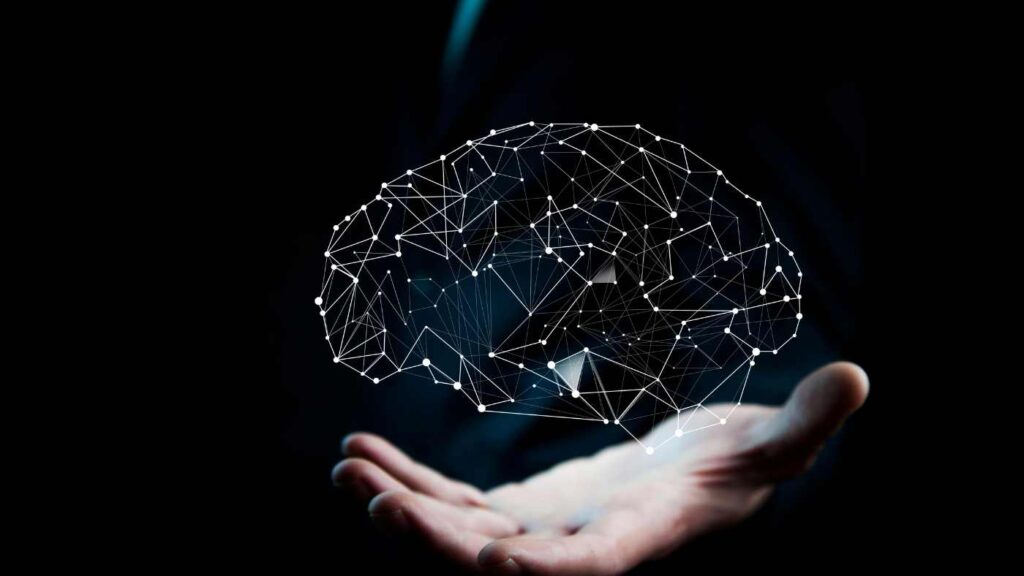
When various therapies have failed to help a patient with severe major depression or bipolar disorder, ECT is frequently employed.
During anesthesia, the patient receives a brief electrical stimulation directly to the brain.
A team of skilled medical experts, such as a psychiatrist, anesthesiologist, and medical assistant, are usually involved with administering and overseeing the procedure.
Why Is It Important To Understand The Differences Between TMS Therapy And ECT?

TMS and ECT are two forms of brain stimulation treatments for depression that are highly effective.
Both can have positive effects on your mental health, but it is important to know the difference between these two therapies because although they have similar goals, the procedures, costs, and other aspects are very different.
When comparing TMS vs ECT, it is vital for every patient to fully understand what each procedure entails and its potential side effects.
TMS Therapy Vs ECT: What’s The Difference Between Them?
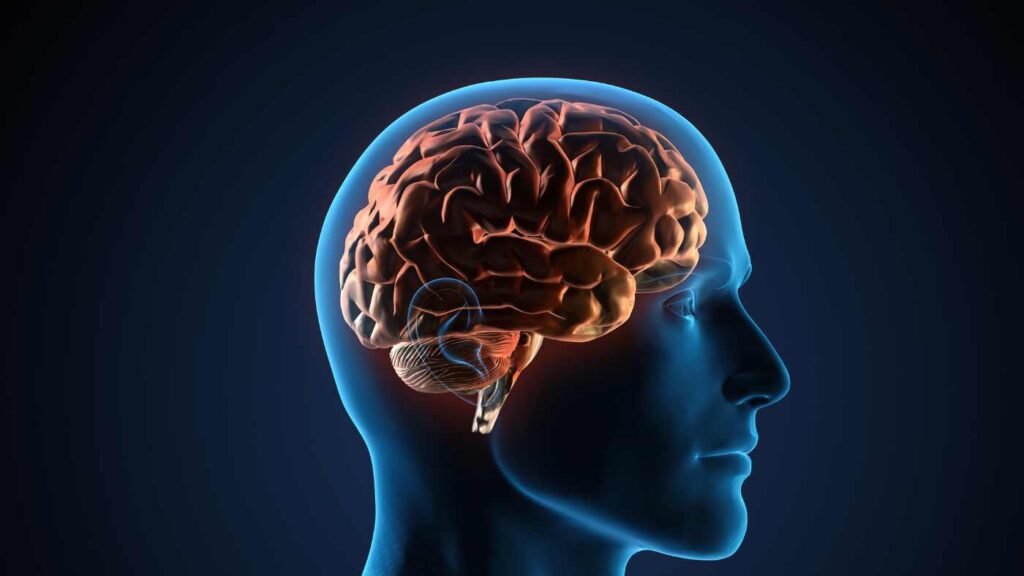
Although ECT and TMS therapy is often compared, the two are very different from one another.
Both methods use electric stimulation to control neuronal activity in the brain, but they have different advantages and should be used in different situations.
Therapy Mechanism
- In ECT, electrical currents are used to initiate a minor brain seizure that acts like a reset button for the brain. Patients must avoid driving or going back to work for up to two weeks after treatment.
- TMS stimulates the brain’s nerve cells with low-intensity magnetic pulses, promoting growth and healing. There is no recovery period following the procedure, and patients can drive home immediately afterward.
Place Of Treatment
- ECT is a more complex and intrusive method of treating the symptoms of mental health disorders. The patient must be hospitalized as they will be under anesthetic for the duration of the procedure.
- TMS is offered as an outpatient therapy option at clinics, hospitals, and doctors’ offices. The patient is not sedated, and they remain awake during the procedure.
Type Of Doctor
- An ECT procedure is supervised by a psychiatrist and anesthetist who are supported by trained mental health staff.
- A TMS specialist with qualifications and experience in medicine, mental health, psychology, or psychiatry can administer treatment.
Procedure Duration
- ECT sessions last around an hour. The treatment takes between 10 – 20 minutes, and the patient recovers in a hospital room for the remaining hour.
- A TMS treatment session can last between 20 – 40 minutes. Patients can resume normal activities after therapy.
Treatment Sessions And Frequency
- Patients can receive between 6 and 12 ECT treatments taking place twice or more per week for 4 weeks. This depends on symptom intensity and persistence.
- The average TMS treatment course lasts 4 to 6 weeks, although some patients may require additional sessions to reach their goals.
Safety
- ECT is generally safe, although side effects are more disruptive than TMS, and there are risks involved with anesthesia.
- Since TMS does not involve sedation, it is safer with little to no risk involved, and side effects are mild.
Cost
- ECT costs more than TMS because of the expense of the hospital stay, specialized care from a clinician and anesthetist, and the administration of medication.
- TMS is less costly than ECT because it is an outpatient treatment with one doctor involved in administering therapy and monitoring the patient.
Main Pros And Cons

ECT and TMS are two different brain stimulation therapies where ECT has electrodes attached to the scalp to shock the brain, and TMS uses a magnetic device to send impulses to the brain.
Transcranial Magnetic Stimulation (TMS)
The advantages of TMS include being a non-invasive, outpatient treatment with temporary or no side effects. It is more affordable than ECT, and there is no recovery period after treatment.
The drawbacks are the daily visits to the specialist, and more frequent sessions are required than ECT.
Electro-Convulsive Therapy (ECT)
The pros of ECT are that it is highly effective (and, in some cases, more effective than TMS) in treating mental illnesses that have been resistant to other medications and therapies.
The downsides include ECT being more expensive, requiring hospitalization and sedation, and having more side effects and risks. The recovery period is also longer than TMS.
What Do TMS Therapy And ECT Have In Common?
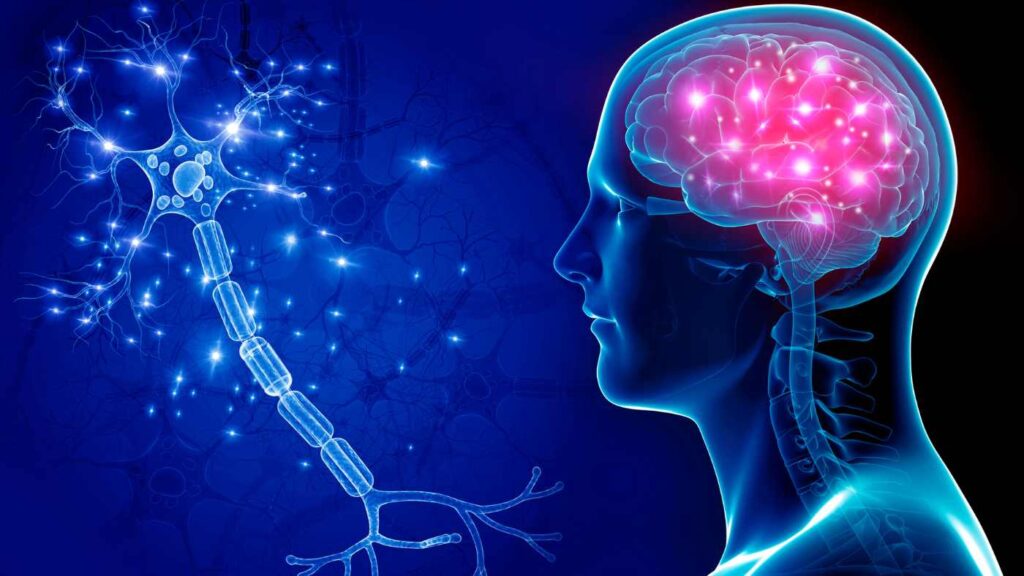
TMS and ECT increase the activity of very important brain cells as well as the production of essential brain chemicals that control mood and well-being.
Both treatments have a positive impact on mental health and are effective for treatment-resistant depression. If you are considering which is better, TMS or ECT, discuss the risks and side effects with your doctor.
Who Is Eligible For TMS?
People who are diagnosed with major depressive disorder (MDD), obsessive-compulsive disorder (OCD), addictions, and anxious depression can benefit from TMS therapy.
Who Is Eligible For ECT?
Electro-convulsive therapy (ECT) is suitable for people with severe major depression, suicide ideation, psychosis, or bipolar disorder and they are at risk of harming themselves or others.
Which Therapy Is More Successful: TMS Or ECT?
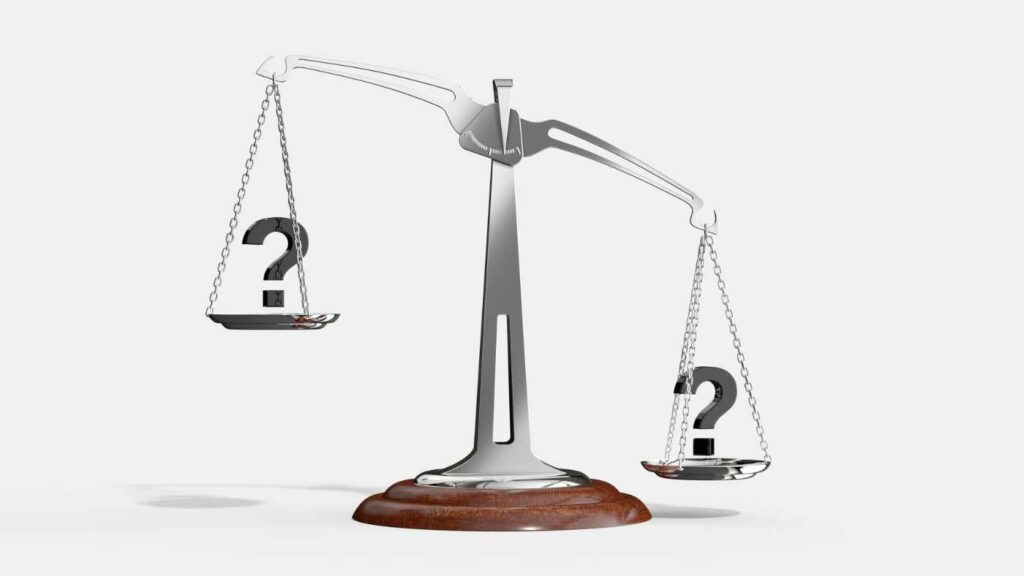
Is TMS better than ECT? Statistics show that while both treatments can be effective, ECT carries more risks and side effects that need to be carefully considered by the patient.
In roughly 30% of individuals, TMS can result in total symptom relief. In about 60% of cases, the intensity of the symptoms will eventually be significantly reduced.
In 70% to 90% of cases, ECT is effective at lowering the symptoms of serious mental health disorders, with many patients reporting a decrease in symptoms after just two ECT sessions.
However, 74% of ECT patients will experience memory problems, with about 30% of patients reporting that their memory never recovered.
Also read: Sigma Male Vs Alpha Male: 11 Differences You Should Know

